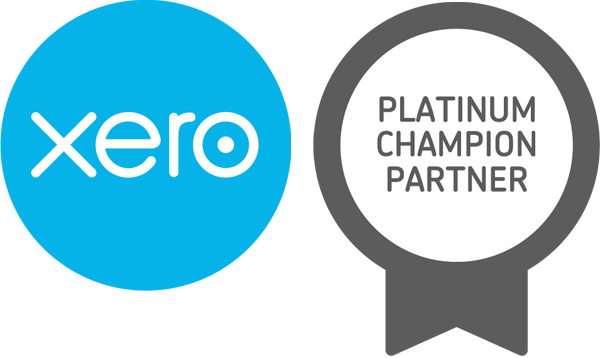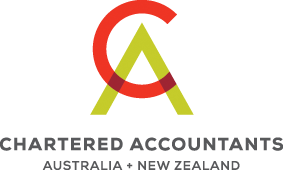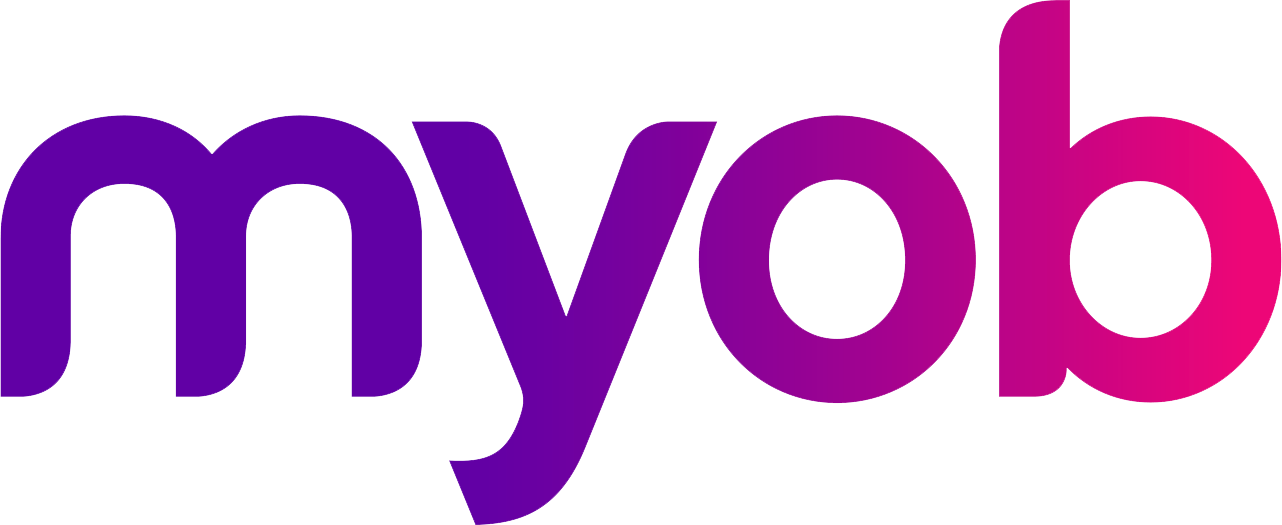2024 Budget - HECS/HELP debt
The Government recently proposed changes to HECS/HELP debt contained in the budget papers.
A student who receives a HELP loan under any of the student loan schemes has an “accumulated HELP debt” with the ATO. The loan is subject to yearly indexation but is otherwise interest-free.
Loans that are covered by the system include the following:
• HECS-HELP;
• FEE-HELP;
• OS-HELP;
• SA-HELP;
• Student Start-up Loan (SSL) Scheme;
• ABSTUDY Start-up Loan (ABSTUDY SSL) Scheme; and
• Australian apprenticeship support loan (AASL) scheme (renamed from the Trade Support Loan (TSL) Scheme).
HELP debts are repaid through the tax system (voluntary repayments can be made at any time). The amount to be repaid each year is a percentage of the taxpayer’s HELP repayment income (and is notified on the income tax assessment for the year). The percentage increases as the HELP repayment income increases.
Indexation is applied to any HECS/HELP debt that’s older than 11 months, once a year on 1 June. The CPI number is currently used to index debts and it was recently announced that debts will increase by 4.7% on 1 June 2024. In addition, inflation pushed the indexation rate for 2022–2023 debts to 7.1%, the highest since 1990. This generated much negativity and the Prime Minister subsequently announced that “there’d be help on HECS” as part of the Budget.
Indexation changes
The Government has flagged two proposed changes (which require legislative amendments to the Higher Education Support Act 2003).
First, the indexation factor will be the lower of the CPI or the Wages Price Index (WPI). The quarterly WPI measures change in the price of wages and salaries in the Australian labour market over time. In a similar way to the CPI, it follows changes in the hourly rate paid to a fixed group (or “basket”) of jobs. More can be found about it on the ABS website.
Second, the change will be backdated to 2022–2023, meaning the new system will apply to the 2022–2023, 2023–2024 and following years (noting again that the factor is applied to debts on 1 June, not 1 July).
As the WPI was lower than the CPI in 2022–2023, the indexation that was applied on 1 June 2023 will be retrospectively cut from 7.1% to 3.2%. This means that students with an outstanding debt will have it reduced with effect from 1 June 2023. Those students who have subsequently paid off their debt based on the 7.1% rate presumably will be eligible for some sort of refund.
If you would like to know more or want to make a voluntary repayment please contact us at CoggerGurry.









